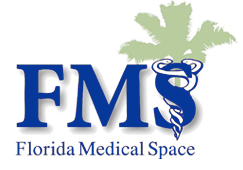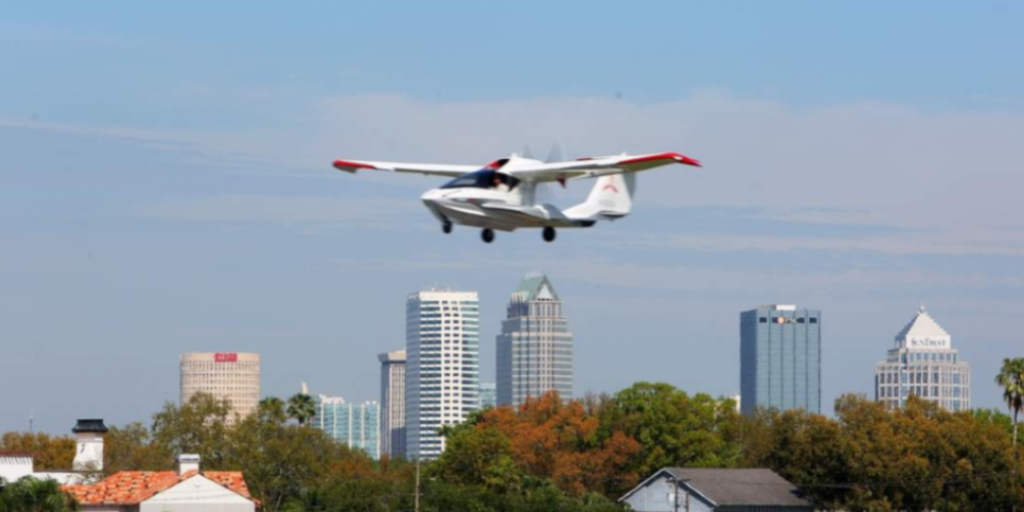Construction has been completed on the $189 million University of South Florida (USF) Morsani College of Medicine and Heart Institute.
The college is now open at the Water Street mixed-use development in downtown Tampa, which is expected to become one of the most vibrant urban environments in America and the world’s first wellness district.
The 395,000-square-foot, academic building is bringing 1,800 students, faculty and researchers to the heart of downtown Tampa and is set to transform health education by focusing on more hands-on, technology-enabled learning. Standing 13 floors high, the innovative building features a 400-seat auditorium, clinical teaching labs and research laboratories, office space and a wellness center. The school teamed up with Microsoft to create the first-ever Medical School of Innovation, placing USF among the most innovative higher education institutions for integrating technology into medical education.
In December 2014, initial approval was granted to relocate and rebuild the medical college, bringing it within a mile of its primary teaching hospital, Tampa General Hospital. In collaboration with design firm HOK, Skanska began construction work in August 2017 and the project was delivered this January 2020.
Situated within the mixed-use Water Street development, faculty and staff will be able to live, work and study along the downtown Tampa waterfront and provide healthcare services to people in need through USF’s community outreach initiatives.
In Tampa, Skanska has also completed the $122 million renovation and expansion of the Tampa International Airport’s main passenger terminal in 2019 and the $35.6 million renovation and expansion of the Julian B. Lane Riverfront Park in 2018. Nearby in St. Petersburg, Skanska delivered the Johns Hopkins All Children’s Hospital Research and Education Building in 2018 and is currently reconstructing the St. Petersburg Municipal Pier and Pier Approach.
Source: School Construction News



